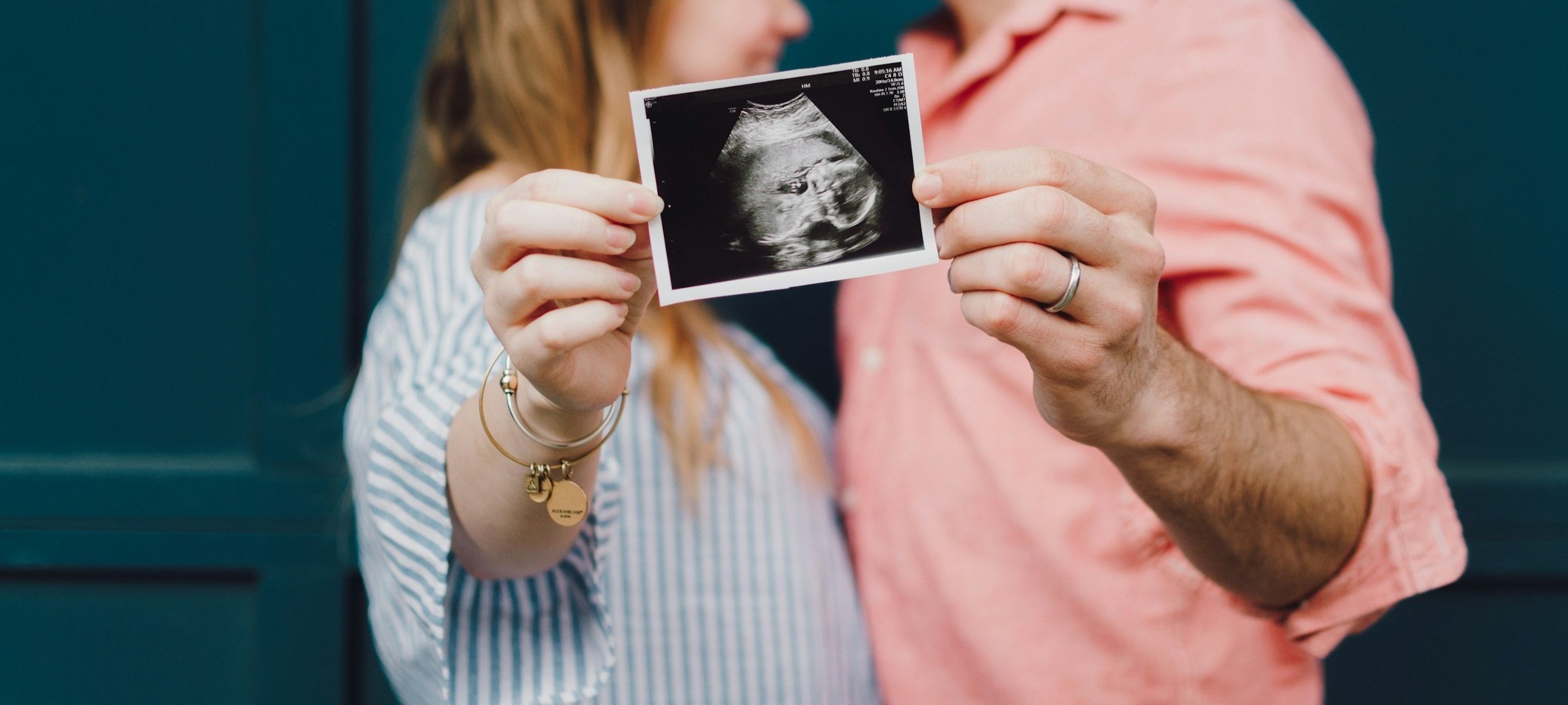The Essential Role of Vitamin D: A Hormone Vital for Fertility
Hello, Friends.
When discussing fertility, while I don't like focusing on one supplement or one superfood, some supplements must be mentioned due to their crucial roles in overall health and specific conditions. Vitamin D is one such supplement, given its extensive influence on reproductive health and general well-being.
The "sunshine vitamin," vitamin D is, in reality, a hormone with far-reaching effects on the human body, including fertility in both men and women.
Today, let’s learn about the types of vitamin D, its sources, its synthesis through sun exposure, and its critical role in reproductive health.
Types of Vitamin D
Photo Credit: Unsplash
There are two primary forms of vitamin D relevant to human health: vitamin D2 (ergocalciferol) and vitamin D3 (cholecalciferol).
1. Vitamin D2 (Ergocalciferol): This form is derived from plant sources and fortified foods. While beneficial, it is generally considered less effective in raising the body's overall vitamin D levels compared to vitamin D3. The body must convert vitamin D2 into its active form.
2. Vitamin D3 (Cholecalciferol): This form is synthesised in the skin in response to sunlight and is also found in animal-based foods. Vitamin D3 is more potent and more effective at maintaining adequate levels of vitamin D in the body.
Photo Credit: Unsplash
Sources of Vitamin D
The body can obtain vitamin D through three primary sources:
1. Sunlight: Exposure to sunlight triggers the synthesis of vitamin D3 in the skin. The amount of vitamin D produced depends on several factors, including geographic location, skin pigmentation, and the amount of skin exposed.
- Fair Skin: People with fair skin need about 10 to 30 minutes of midday sun exposure on their face, arms, and legs to produce sufficient vitamin D. This is because lighter skin synthesises vitamin D more efficiently due to lower melanin levels.
- Medium Skin: Those with medium skin tones may require approximately 30 minutes to an hour of sun exposure to achieve the same vitamin D production.
- Dark Skin: Individuals with dark skin may need 1 to 2 hours of sun exposure to produce adequate vitamin D. Higher melanin levels in darker skin act as a natural sunscreen, reducing the efficiency of vitamin D synthesis.
2. Food: Natural food sources of vitamin D3 (cholecalciferol) are primarily derived from animal products. Here are some of the richest sources:
Fatty Fish: Salmon, mackerel, and sardines are excellent sources of vitamin D3.
Cod Liver Oil: This oil is one of the richest sources of vitamin D3.
Egg Yolks: Eggs from chickens that are exposed to sunlight or fed vitamin D-enriched feed contain significant amounts of vitamin D3.
Beef Liver: This organ meat is a good source of vitamin D3.
Obtaining vitamin D3 through sun exposure is generally considered superior to consuming it from animal-based foods for several reasons, particularly concerning liver health. When the skin synthesises vitamin D3 from sunlight, it bypasses the digestive system, reducing the burden on these organs.
3. Supplements: For those unable to get sufficient sun exposure or dietary intake, supplements can help maintain adequate vitamin D levels. When taken as a supplement, it is crucial to monitor vitamin D levels to avoid toxicity. Vitamin D is fat-soluble and stored in the liver and adipose (fat) tissue, meaning it can accumulate in the body over time.
Vitamin D and Fertility in Women
1. Ovarian Function: Vitamin D plays a critical role in ovarian follicle development and menstrual cycle regulation. Adequate levels of vitamin D are associated with better ovarian reserve and improved outcomes in natural conception efforts.
2. PCOS Management: Polycystic ovary syndrome (PCOS) is a common cause of infertility. Vitamin D deficiency is prevalent in women with PCOS, and supplementation has been shown to improve insulin sensitivity and menstrual regularity, aiding fertility.
3. Fibroids: Uterine fibroids are non-cancerous growths in the uterus that can impact fertility and cause significant discomfort. Research has indicated that vitamin D may play a role in reducing the size and severity of fibroids.
Vitamin D and Fertility in Men
1. Sperm Quality: Vitamin D receptors are present in the testes and sperm, indicating its role in male fertility. Adequate levels of vitamin D are linked to improved sperm motility, morphology, and overall quality.
2. Testosterone Levels: Vitamin D influences the production of testosterone, the primary male sex hormone. Higher vitamin D levels are associated with increased testosterone levels, which are crucial for spermatogenesis and overall male reproductive health.
3. Oxidative Stress: Vitamin D has antioxidant properties that help protect sperm from oxidative damage. This is particularly important as oxidative stress can impair sperm function and reduce fertility.
Holistic Approach to Fertility
Photo Credit: Unsplash
Approaching fertility from a holistic perspective involves addressing all aspects of health, including nutrition, lifestyle, and environmental factors. Ensuring adequate vitamin D levels is a vital part of this holistic approach. Regular sun exposure, a balanced diet rich in vitamin D, and supplementation (which of often necessary) can significantly enhance reproductive health. The ideal vitamin D3 (25-hydroxyvitamin D) levels for fertility and conception are typically in the range of 30 to 50 ng/mL. In my own journey, I supplemented and tested my levels regularly aiming for the high end of the range.
Vitamin D is much more than just a vitamin; it is a hormone with profound effects on reproductive health. By adopting a holistic approach that includes sufficient vitamin D, we can better support the body's intricate processes, paving the way for improved reproductive outcomes. Understanding and addressing vitamin D's role in fertility is a step towards recognising the importance of comprehensive health strategies in promoting conception and overall well-being.
References:


